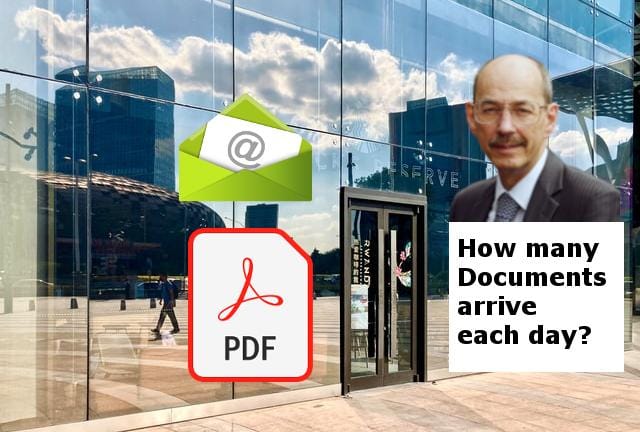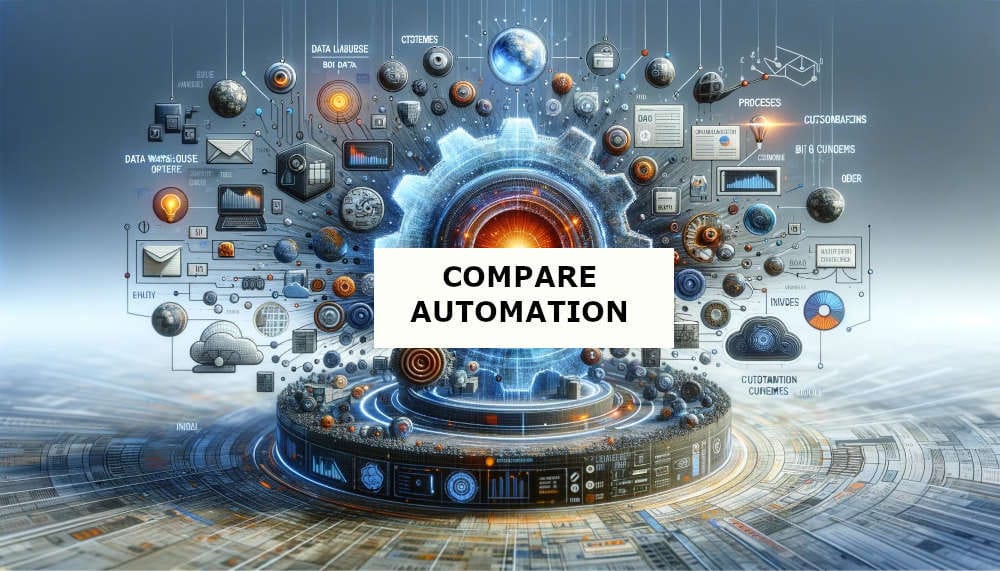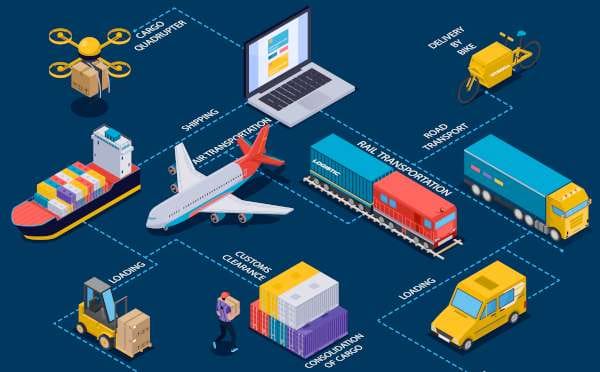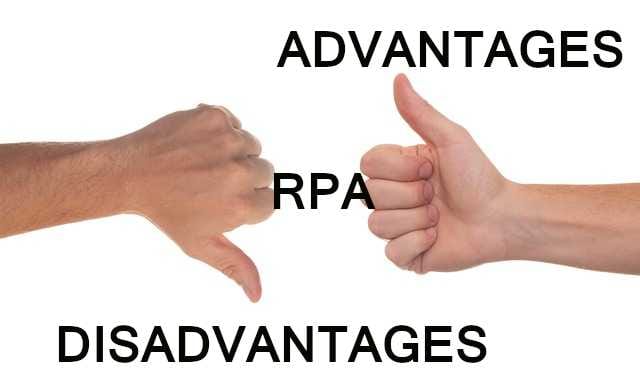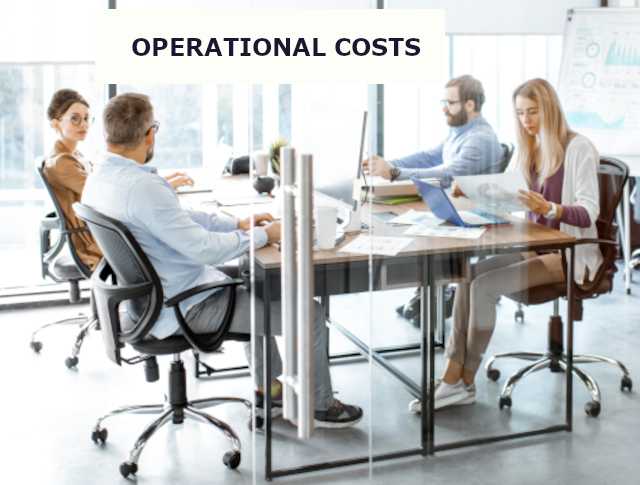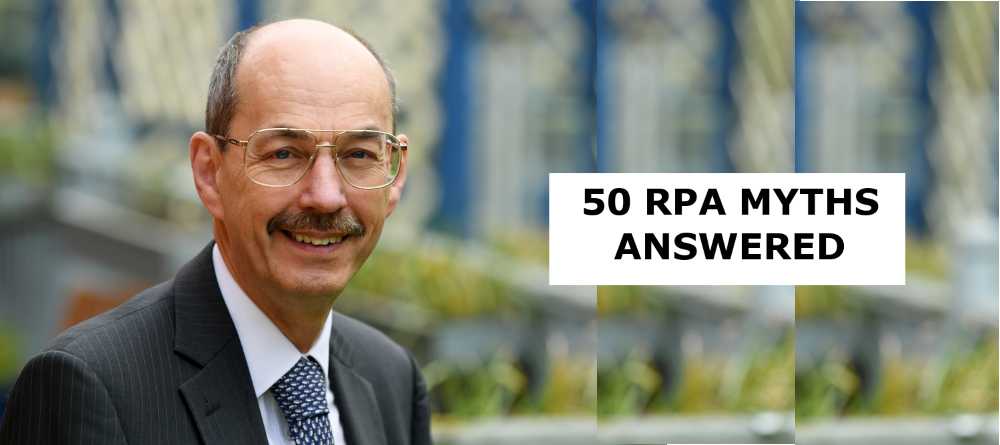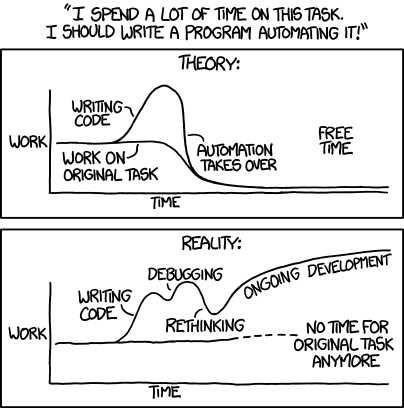What is RPA?
An introduction to Robotic Process Automation (RPA) can start by addressing the question “What is RPA?”.
RPA – Robotic Process Automation, can sound complicated but fundamentally it can best be described in a few examples:
- Copy & Paste from a spreadsheet into a computer application (e.g. HR, Finance, Stock)
- Copy & Paste from a computer application to populate a spreadsheet
- Copy & Paste from Web site information to enter into an internal computer application (e.g. Competitor prices)
- Copy & Paste information from an internal system to add into a web site (e.g. Supplier portal)
- Extract (Copy & paste) information from an email into a computer application
- Extract (Copy & paste) information from a document into a computer application
- Find and compare values between computer applications, web sites, documents, etc.
- Copy or move files on a file system based on specific criteria
Of course, in detail it can be much more than the above with the application of logic and rules but it is essentially anything a person would do at their computer. There are many use cases for RPA and Ether Solutions case studies illustrate the range of scenarios for RPA. In addition the UiPath website contains more customer case studies.
People follow business processes when working on computers. They read from the screen, they type on the keyboard, they move and click the mouse. RPA is able to mimic the actions that person would perform.
Process Automation – No more and No Less
In answering the question “what is Robotic Process Automation”, it is important to remember that RPA cannot do anything a human at a computer keyboard could not do. There is no magic.
RPA is a software solution which is called a “Robot” which mimics a person’s interaction with the computer, there is no physical Robot machine looking at the screen and pressing keys on the keyboard.
An RPA Robot uses the same “User Interface” as human it is non-invasive to existing computer systems which means less disruption when RPA Robots are introduced.
Since there is NO change to existing computer systems (i.e. Non-Intrusive), RPA can do no more than person would be able to perform and it is not restricted to doing any less.
RPA is about Automating the Human activity.
Data is not invented!
When staff are performing a business process as part of their job, they do NOT invent data.
The data is provided by customers, reference documents, standards, extracted / copied from other systems, etc.
When staff work from home and perform the process, it should be exactly the same as when they complete the activity in the office. In order to achieve this consistency, all of the information required by the process must be available to the staff.
In the WFH scenario, staff have all of the information flowing to them and being sent by them from the computer. It is all electronic data.
There might be phone calls which provide staff with details to capture but the growth of AI processing is such that a good level of accuracy can be achieved in the extraction of data from any such conversation. Automated note takers used on Zoom calls demonstrate this on a daily basis.
With data being captured or copied, not invented, it becomes more apparent that business processes can be automated.
Is RPA Effective?
RPA is most effective where there is a need for repetitive tasks, that are predictable and do not require decisions by humans. Of course, people are still required to manage and monitor the Robots which can include resolve errors that are encountered during the processing.
The advantage of RPA is that once in place, it is consistently effective, can work 24 hours a day, 7 days a week at minimal incremental cost.
RPA can empower a team of staff to increase their productivity, so that they spend time on the important tasks and let the software Robot workers undertake the routine tasks.
RPA can be used for any task, but the higher the volume of task execution, the greater the benefit from people being able to perform other work. The cost of building the automation s independent of the volume.
The benefits of RPA can be assessed as part of considering an RPA Implementation and the RPA ROI for investment in the technology.
This video addresses the “What is RPA” question.
What is NOT RPA
In describing RPA, it can also be helpful to say what is not RPA.
For example, a Macro that is executed within an application can do similar actions to RPA but it will be limited to the application that is “Hosting” the Macro. RPA can work across applications.
Another example is a Windows Command File. As a script it can initiate actions and respond to items at the Windows level and not operate within any of the applications that are executing on the machine. RPA can operate at both levels.
Are RPA and AI the same?
RPA is not AI (Artificial Intelligence). AI is very good at understanding patterns, which is how the GenAI products have emerged by being able to recognise patterns in word dialogues. RPA is for process automation, it is the doing activity.
RPA technology can use AI to help it understand the “Doing” actions that are required by analysing the request from text in a document or email message or in a chatbot dialogue.
Similarly an AI powered Chatbot might invoke RPA software robots to implement the actions which have been requested in a chat / dialogue. The two technologies can work effectively together.
Is RPA limited to screen dialogues?
RPA is often first thought about as interacting with the GUI screens that are used by people. As RPA is used to automate the processes that people perform, it is essential that RPA can use that type of interface but the technology can also be utilised to interact with API interfaces of applications. The mixed use can enable more resilient process automations to be achieved and leverage potential performance gains by removing the GUI processing overhead.
Of course, people do not directly interact with API code, which does change the nature of the Automation. Any variation between the API functionality and the GUI functionality could result in differences between the way a task is automated.
As well as the use of APIs, RPA automation can also be created to leverage a Web Service dialogue.
RPA technology could be used to automate any process but that is not the usual motivation to start using RPA software robots.
RPA Meaning
What is RPA can actually be interpreted as “RPA means what?” or explain RPA in simple English.
With RPA being an acronym for Robotic Process Automation in the context of business. The same abbreviation can mean other things in other contexts.
It is the automation of a business process that is performed on computer systems. The automation is completed without a person being involved in the detailed processing and as the activity is performed many times, the repetitive nature makes it “Robotic”.
There is nothing that is sector specific about RPA, therefore it can be used in Finance, Insurance, Logistics, Manufacturing, Pharmaceuticals, Supply chain, Transport, etc.


